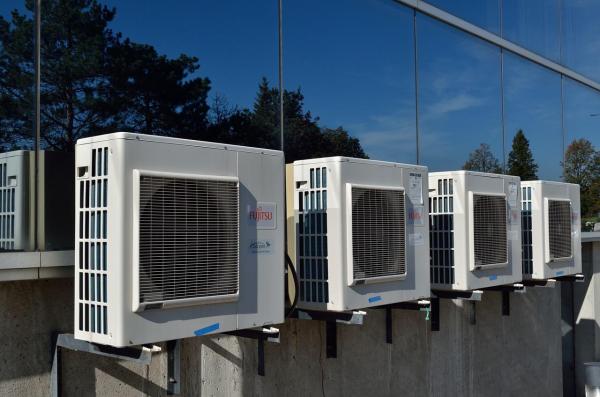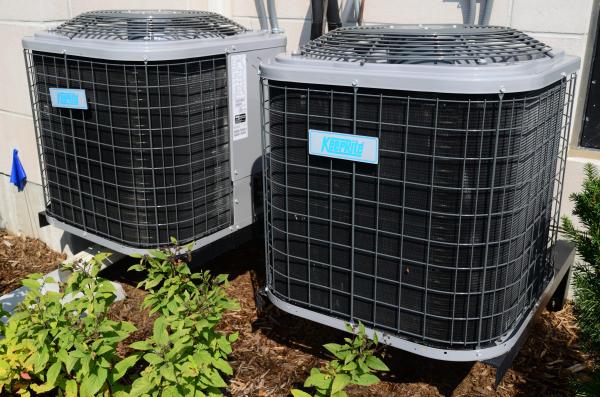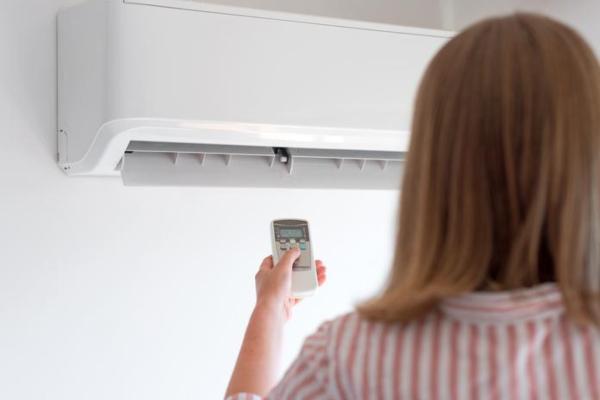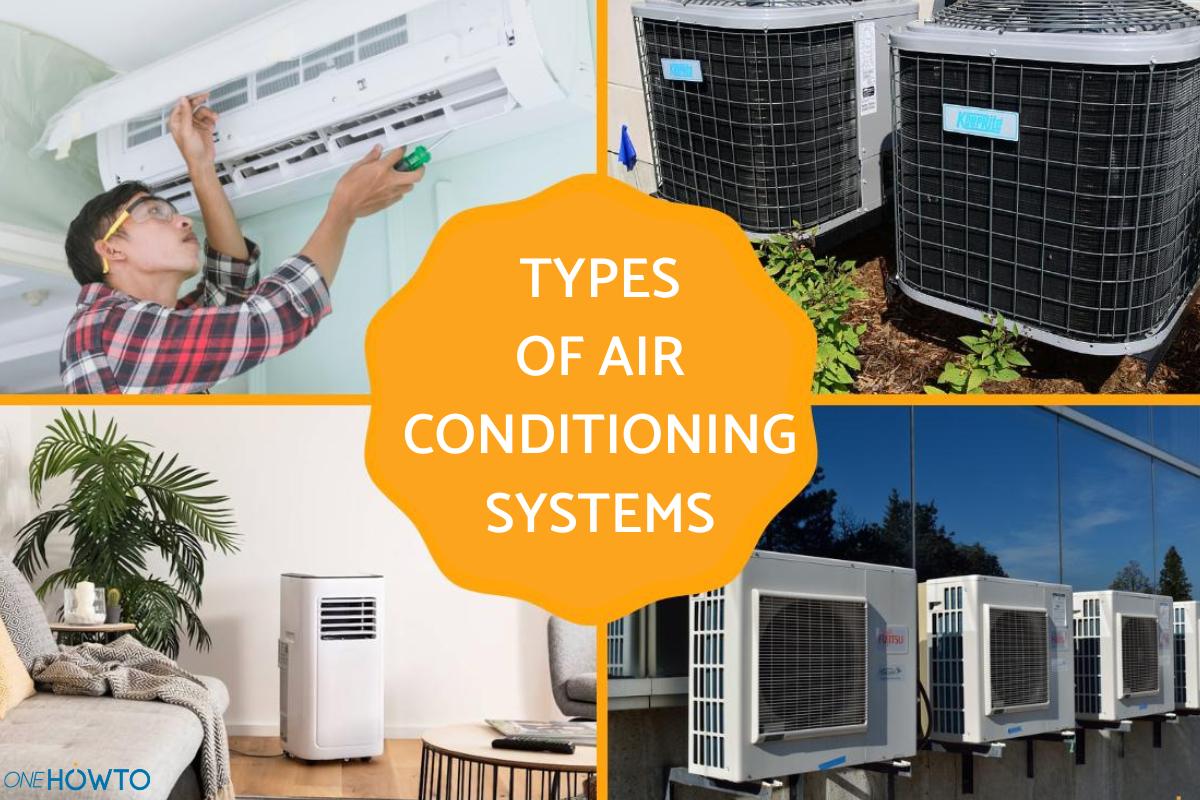Types of Air Conditioning System - Best Options


The best type of air conditioning system for you is the one which best suits the needs of your space. Whether an office or residence, we can help reduce the effects of hot weather with various types of air conditioning systems. Budget is another major factor when choosing air conditioning. Although there might be more comprehensive air conditioning options available, we may not be able to meet the expenses of buying the units and installing them. The restrictions of the building in which we want to install the air conditioning can also affect our decision.
At oneHOWTO, we help you decide which option is best for you by providing the different types of air conditioning system available to you. We also explain in more detail the factors you need to consider when making your decision.
Window air conditioner unit
Window aircon units are the most common type of air conditioning system. This type is typically mounted in a window and has an exhaust system through which it blows hot air out the back and sides. The coolant cooling system is directed inward.
These units are typically capable of cooling one room at a time. If you have a large home, you may need several of these units installed in the rooms you want to keep cool or which have good airflow to keep other spaces cool at the same time.
If you want to price a window air conditioner for your home, you can use the link below:

Portable air conditioning unit
Portable air conditioning units are another good option for some people. They are autonomous units which can be moved from room to room. They are typically used in spaces where room layout or building restrictions prevent the installation of other types of air conditioning systems.
The portable air conditioner works by cooling the air with a condenser coil inside the unit. It then sends the hot air created by this cooling system out through a large exhaust hose. If the unit cannot be placed in a window, it is best to place this exhaust hose somewhere which won't cause more heat to enter the room.
You can price portable air conditioner units with the link below:
Central air conditioning
Often shortened to ‘central air’, this is an ideal type of air conditioning system for those who have a large house and want to cool multiple rooms at a time. It is also a common system used in office spaces, often being installed as a system when the building was first built. It operates thanks to a cooling compressor. This is located outside the building and sends cool air inside.
A coil filled with refrigerant is used to cool the air. It is then blown by a fan and distributed throughout the home through the established duct system.

Ductless min-split air conditioner
Split systems are those aircons that provide cooling to different areas inside the home. Unlike portable air conditioners or window units, these systems are not stand-alone devices. They are made up of a two-part system and are often used in buildings that do not have a complete duct system. They can be a little more expensive due to the fact you will need multiple units inside the home.
Through-the-wall air conditioning
This is type of air conditioning system that is installed in the wall. It extracts the warm air from the room, cools it within the cooling system and then returns the now cool air to the interior. As with portable air conditioners and window units, it is a self-contained system.

Packaged air conditioner
These air conditioning systems are usually found installed in commercial spaces such as hotels, apartment buildings, hospitals and housing facilities for elderly people.
This system sends refrigerant through a compressor that cools the air and is then redirected to the room to be cooled. The main difference with central air conditioning is that the package-type is ductless, making it much cheaper to install. In addition, it is less complicated to install and its overall cost is lower.
Geothermal heating and cooling
Geothermal cooling is a new technology that is gaining popularity all over the planet due to its energy efficiency. Thanks to the insulating properties of the Earth, the soil maintains a constant temperature of around 55 degrees Fahrenheit during the 12 months of the year.
Regardless of the weather outside, the earth is unaffected from 1 to 2 meters down. Geothermal technology uses the temperature of the ground to heat and cool your home more efficiently than other methods. This makes it a type of natural aircon which can help reduce effects on climate change.
Evaporative coolers
Evaporative coolers can be just as effective as refrigerated air conditioners. The difference from these traditional systems that use a refrigerant, commonly known as freon, is that vapor coolers use only air and water.
Evaporative coolers work by allowing air to pass through or over water. When this happens, the air cools naturally. This system brings warm air into your home which is passed over moistened pads to cool the air. This cold air is then distributed throughout the house.

How to choose an air conditioner for you
Before buying an air conditioner and installing this system, it is important that you take into account the following considerations:
- Economic cost: depending on the system you are interested in purchasing, the cost of cooling the home with air conditioning can range from a few hundred dollars (window unit or portable air conditioner) to several thousand dollars (installation of a central air conditioner).
- Heat output: the amount of energy emitted by your air conditioner is measured in British thermal units (BTUs). To find out how many BTUs your air conditioner needs, you need to calculate how much space it will try to cool. This is measure in square feet.
- Control type: central air conditioning is usually connected to a thermostat. By setting an ideal temperature, you can let it work automatically without having to recalibrate it. Portable or window units do not work automatically, so you must manage them manually using dials, digital keypads or remote controls.
- Energy efficiency ratings: each air conditioner has an indicative rating which is measured against the seasonal energy efficiency ratio (SEER) or the energy efficiency ratio (EER). Both ratios can be calculated by dividing the cooling output in BTUs by the power input in watt hours/hours under given conditions.
- Types of plugs: due to the large amount of energy that air conditioners require to function properly, many are not compatible with standard wall plugs. Small portable and window units use standard 120 volt plugs, but many larger units use 240 or 250 volt plugs, requiring special outlets.
If you want to read similar articles to Types of Air Conditioning System - Best Options, we recommend you visit our Maintenance and home security category.








